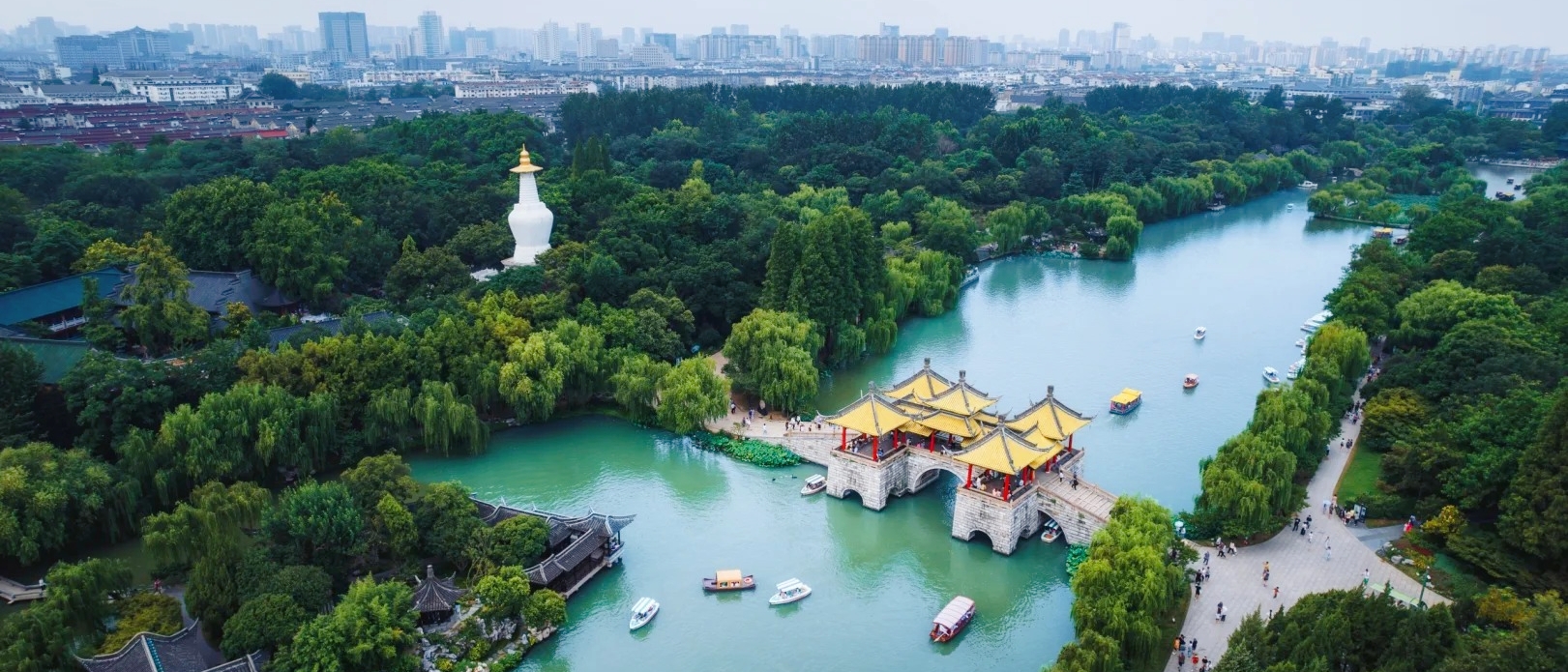Yangzhou
Top 5 Attractions
Historical Sites
Natural Scenery
Gardens and Tombs
FAQ
What are some lesser-known but charming gardens in Yangzhou?
Hidden gems include Jichang Garden, with its intimate layout of pavilions and lotus ponds; Geyuan’s lesser-visited eastern section, showcasing unique rock arrangements representing the four seasons; Heyuan’s water towns within the garden, featuring stone bridges and boat-shaped halls; and Xiaopangu, a tiny yet exquisitely designed garden with intricate wood carvings.
How to plan a one-day tour combining Yangzhou’s morning tea and gardens?
Start with morning tea at Yechun Tea House (try steamed buns and osmanthus cakes) → visit Slender West Lake (focus on spring flowers or autumn foliage) → lunch at a garden restaurant inside Geyuan → explore Heyuan in the afternoon → end with evening tea at a traditional teahouse on Dongguan Street.
What are the main differences between Yangzhou gardens and Suzhou gardens?
Yangzhou gardens tend to be more spacious, integrating natural landscapes (like Slender West Lake’s waterfront) with man-made elements, and often reflect the tastes of wealthy salt merchants. Suzhou gardens are smaller, emphasizing private, enclosed spaces with delicate rockeries and ponds. Yangzhou gardens also feature more water views and bold architectural contrasts.
For exploring Yangzhou’s old town, is walking or cycling better?
Walking is ideal for narrow lanes and historic streets (e.g., Dongguan Street), as it allows close observation of architecture and interactions with locals. Cycling (rentable at stations across the city) is better for covering larger areas, such as the Old Canal Belt or connecting multiple gardens.
What seasonal experiences are unique to Yangzhou?
Spring: admire flowering qionghua trees at Slender West Lake, late April. Summer: Night cruises on Slender West Lake with lotus views and cooling breezes. Autumn: Osmanthus-flavored pastries and tea during the Osmanthus Festival. Winter: Hot pot with local ingredients (e.g., Yangzhou cabbage) and visiting snow-covered gardens.













